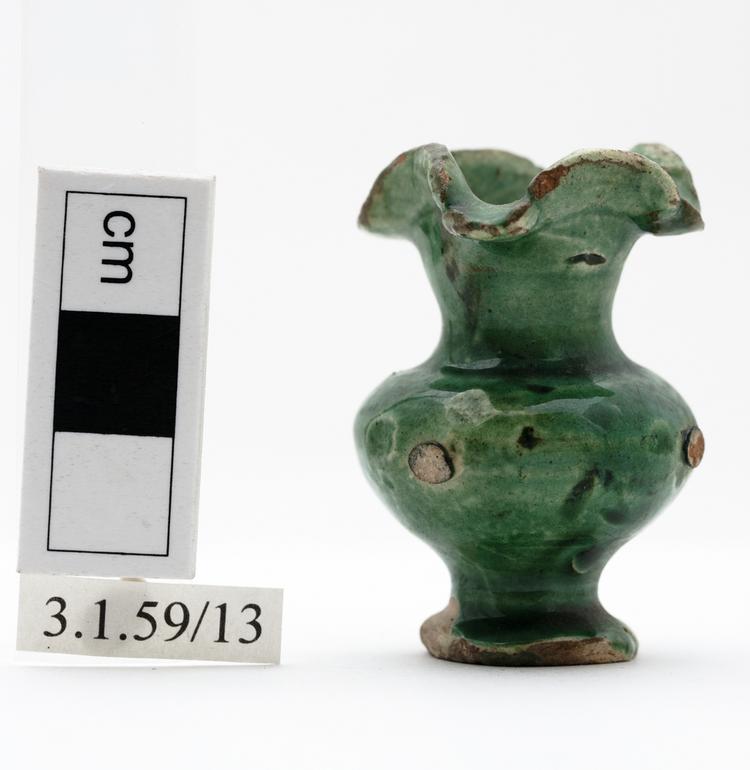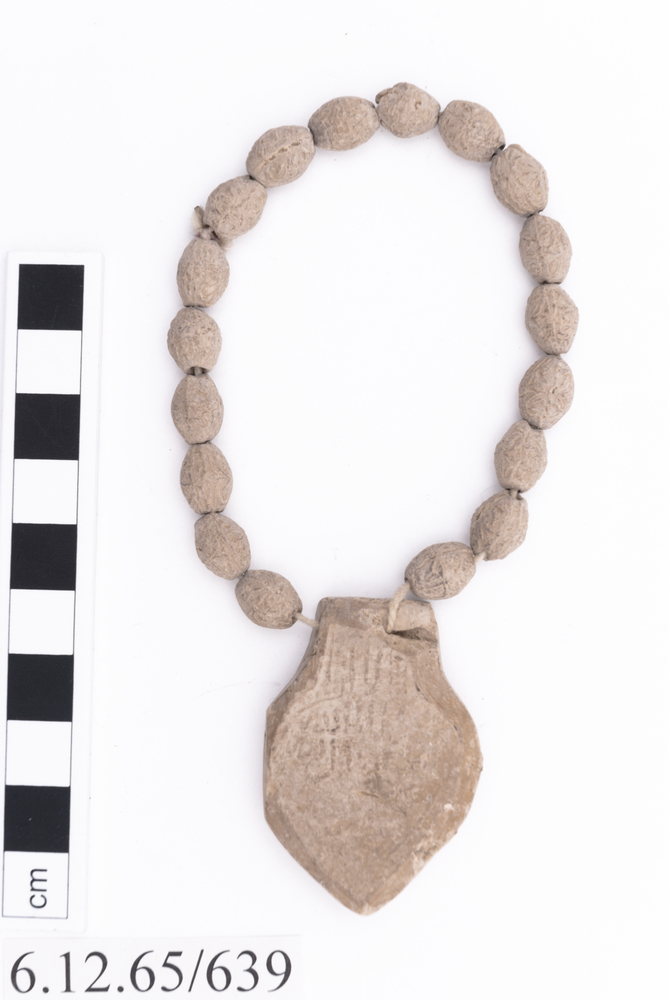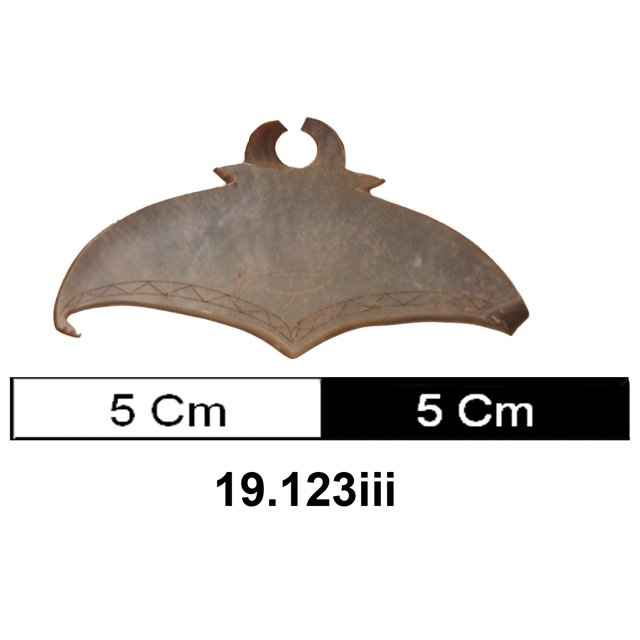
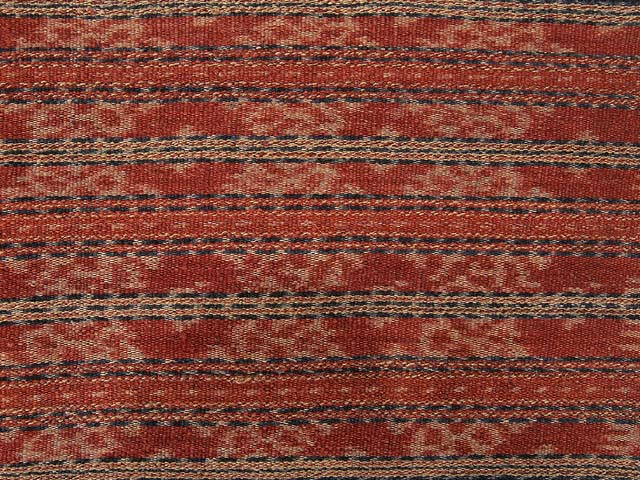
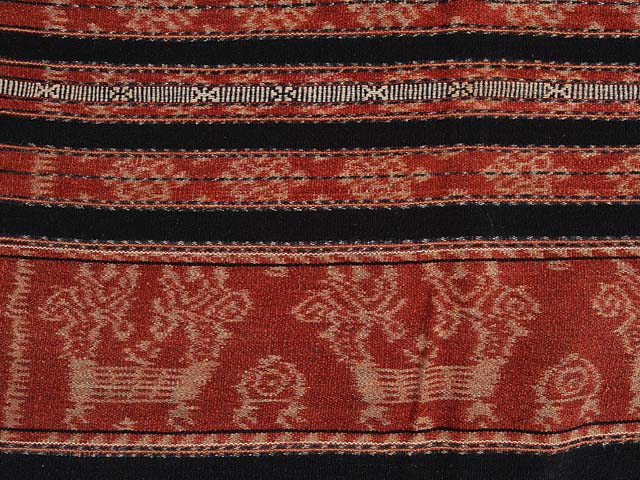
A woman's skirt made from cotton and dyed with vegetable dyes. The maker of the textile is Ina Jami Jawa, a descendant of descendant of Damu Bengu. The cloth is made in 2 sections and sewn together at one selvedge; one section is the mirror image of the other. The fabric is mainly warp-faced ikat. [The patterning is described as it was woven (as stripes) rather than as worn (as bands).] All ikat pattern stripes consist of cream patterns on a red ground. There are two solid blue stripes next to the main ikat stripes. This contains a motif called 'kae baku', meaning 'the feet of the bench'. It possibly refers to furniture offered by Dutch officials to local rulers. It is reminiscent of a motif relevant to a different group, and might show an adaptation. There is a set of narrower stripes with ikat motifs at either end of each section. The one closest to the join contains narrow black and white patterned stripes, known as 'raja bunga'. The 'raja' stripes are created using a floating warp. The dyes used are indigo (blue-black) and morinda citrifolia (red). [See original description for details.]



